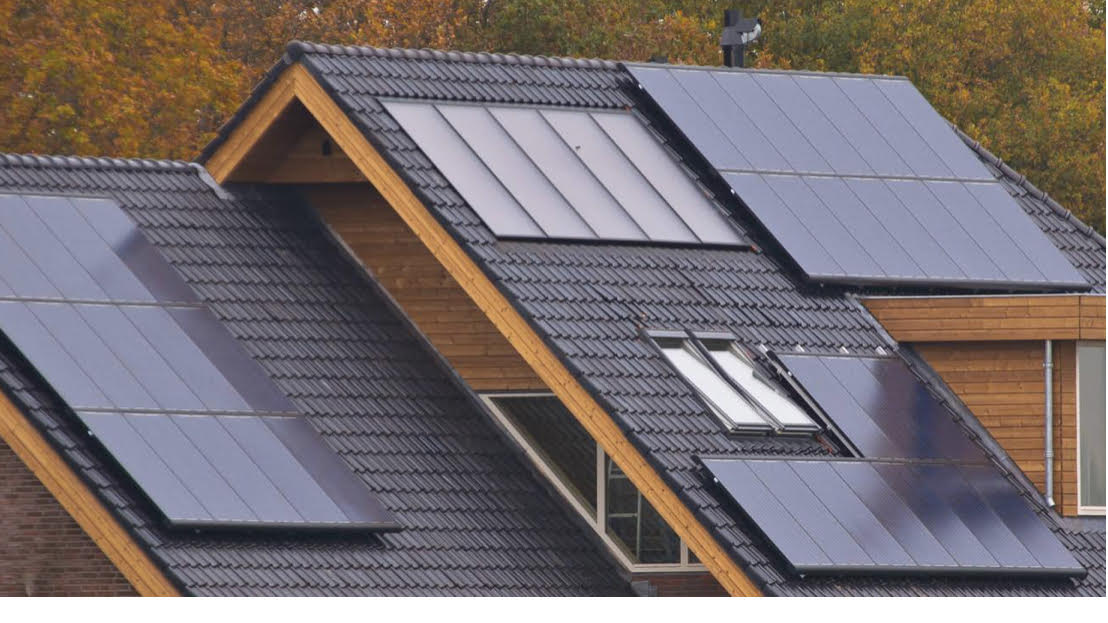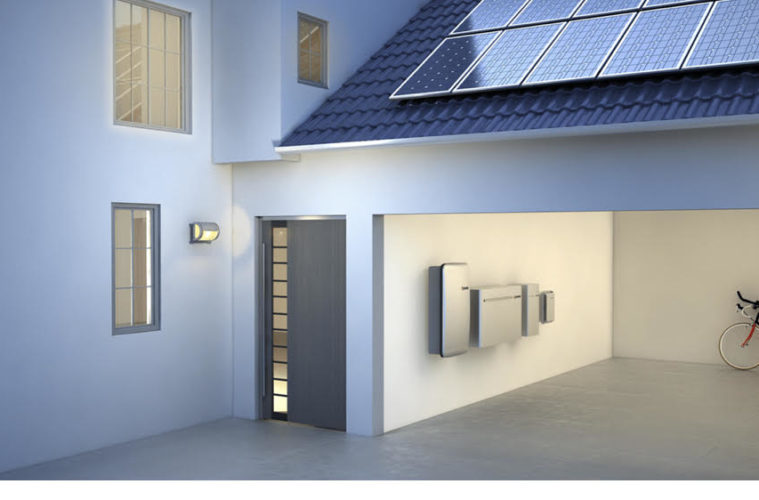*Brand Partner Content*
Project Solar, a rapid growth solar installation and solar DIY company is making waves in the industry with their aggressive advertising and unbelievably low pricing. The 2020 national average, according to the National Renewable Energy Laboratory (NREL), for home solar systems was $3.97/watt for systems ranging from 2.5-10kW. Project Solar’s price averages at $2/watt with full installation, nearly HALF the national average. If you choose their do-it-yourself (DIY) option, you can see prices as low as $1.50/watt.
Federal and local incentives can drive that $2/watt price point to under $1.50/watt for full service.
The story of how Project solar became what it is today is quite inspiring, especially for those who want to see more Americans opting for environmentally friendly energy sources, helping to reduce emissions and reverse global warming.
Trevor Hiltbrand, co-founder of Project Solar, serial entrepreneur, and southern California native, was shopping around for solar 3 years ago, frustrated at the pricing and 4x markup on cost. After learning the truth about the massive $8-12k commissions the sales reps were earning, Trevor set out to install his solar himself.
Trevor and longtime friend (now co-founder) Matt Smith installed the same 10kW system that Trevor had been quoted at $40,000 by a local door knocking company, for the after-incentive price of $9,000. A massive $31,000 difference. The two took another year to refine the system, test and optimize for the best equipment packages, design efficient processes, and then launched what is now Project Solar.
“I was shocked at how easy the process was,” Trevor explained. “You can break down the steps in a solar installation to 4 basic parts. Drilling anchors into your roof rafters, attaching the rails and panels, running wires, and the final electrical hookup to your main panel”.
Whether you opt for DIY or full service, Project Solar handles all aspect of system design, permitting, engineering, and they even send out licensed electricians to do the final hook up – the only time live wires come into play.
The cost of solar, over 25 years, can be calculated by taking the cost of the system divided by the kWh it will produce over those 25 years (a complex calculation made easy with software that analyzes details like rooftop irradiance, solar azimuth, etc). At the national average of $3.97/watt, a 7kW system would produce energy at an average cost of 7.7¢ per kWh over the 25 years. With Project Solar, that 25 year average cost per kWh drops to 4¢. With the national average grid price per kWh at 12¢ (and climbing every year), solar makes financial sense for most American households.
The cost for solar has surpassed all other forms of electricity generation, driven by increased competition and technological developments, according to the Lazard Levelized Cost of Energy Analysis.

This report reflects the unsubsidized price, showing the staying power of solar even after the federal Investment Tax Credit (ITC) of 26% expires at the end of 2022.
Going solar is not just for climate activists. It’s for anyone that wants to save money on the electricity that powers their lives.
Project Solar has developed a robust pricing estimator, that factors in the details of your specific location to give you a clear indication of what it would cost for you to go solar on your own home. This calculator is available free at projectsolar.io and produces near instant results. From there, customers are given the option to pay a refundable $100 deposit that upon payment, will trigger their team to get to work on a custom site design and the engineering report needed for city permitting.
Solar works by converting sunlight into DC energy through the photovoltaic effect. The energy is then converted into usable AC power that can immediately be used by your home, or sent to your local energy grid for a credit. Project Solar exclusively uses Enphase microinverters, which in recent years has become the top tier option for efficient and reliable DC to AC inversion. Enphase has a 25 year warranty, unlike most string inverters which are rarely warrantied for more than 12.5 years. This “microinverter” technology also has the added benefit of panel level production tracking and enhanced efficiency over string inverters.
To learn more about Project Solar you can visit their website at projectsolar.io where support representatives are available to talk with you about your solar project via text.
Advertising disclosure: We may receive compensation for some of the links in our stories. Thank you for supporting LA Weekly and our advertisers.

